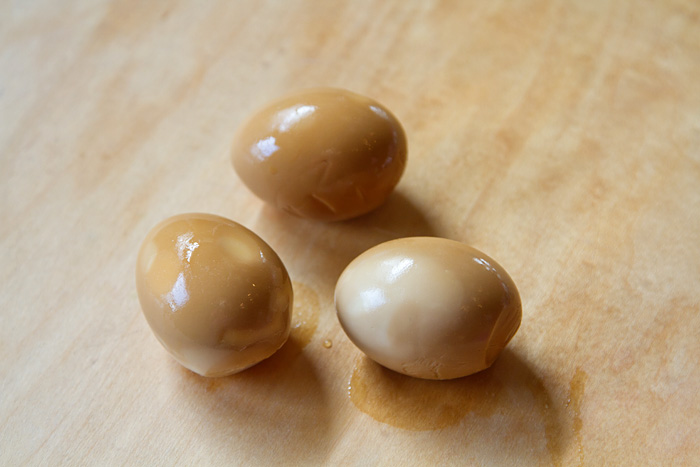Food safety is so important, and I think it’s always wise to review some basic food safety practices. The USDA recommends four basic steps to food safety in your household:
1.CLEAN: Wash hands and surfaces often
2.SEPARATE: Don’t cross-contaminate
3.COOK: Cook to proper temperature
4.CHILL: Refrigerate promptly
These steps are particularly important when it comes to eggs considering Salmonella bacteria in food causes more than 1 million illnesses, more than 19,000 hospitalizations, and 378 deaths in the US every year, according to the Centers for Disease Control and Prevention (CDC). Among bacteria, Salmonella are the number-one cause of foodborne illness. 4 out of 5 Salmonella Enteritidis foodborne illness (food poisoning) cases come from raw or undercooked eggs. Yikes!! The FDA advises us to avoid raw or undercooked eggs, unless they are pasteurized. You know that we love Safest Choice Eggs at our house, since they are pasteurized in a natural, warm water pasteurization process. Sayonara salmonella!
Okay, back to those shoyu tamago. The first method I shared involved cooking hard boiled eggs in heated soy sauce so that the egg white turns brown on the outside. This second method is much easier, although it requires a bit more advanced planning. All you have to do is hard boil some eggs, peel them, stick them in a bag with some soy sauce, and pop them into the refrigerator overnight. In the morning they are ready to go and are perfect for packing in a bento.
Shoyu Tamago, Japanese Soy Sauce Eggs
Ingredients:
Eggs
Soy sauce
Eggs
Soy sauce
Instruction:
1. Place the desired number of eggs in a saucepan and fill the saucepan with cool water until the eggs are almost covered, but not quite. Put the saucepan on the stove and bring the water to a boil over medium heat. Let the eggs boil for 7 to 8 minutes (7 minutes for a softer yolk, and 8 minutes for a firmer yolk). Remove the saucepan from the heat and immediately run cold water over the eggs to stop them from continuing to cook. Peel the eggs carefully (I find that peeling them under cool running water helps).
1. Place the desired number of eggs in a saucepan and fill the saucepan with cool water until the eggs are almost covered, but not quite. Put the saucepan on the stove and bring the water to a boil over medium heat. Let the eggs boil for 7 to 8 minutes (7 minutes for a softer yolk, and 8 minutes for a firmer yolk). Remove the saucepan from the heat and immediately run cold water over the eggs to stop them from continuing to cook. Peel the eggs carefully (I find that peeling them under cool running water helps).
2. Place the eggs in a plastic bag and add enough soy sauce so that they are covered. Press the air out of the bag and tie it shut. Put the bag in a bowl or container, in case the bag leaks, and put it in the refrigerator for an hour.
*If you want to make the eggs the night before, then you will need to dilute the soy sauce with water ordashi, otherwise the eggs will become unpleasantly pungent. I find that a ratio of 1:1 or 2:1 (1 or 2 parts water or dashi to 1 part soy sauce) keeps the eggs from becoming too strong. If you want to make a larger batch of eggs to use over several days, then the same is true. Using a ratio of 3:1 or 4:1 (3 or 4 parts water or dashi to 1 part soy sauce) will keep the eggs from becoming too strong and is good for about 3 days.
This recipe and image sources are reffered in website: Lafujimama.com. Thanks so much!
 Asian Recipes
Asian Recipes




No comments :
Speak Your Mind: